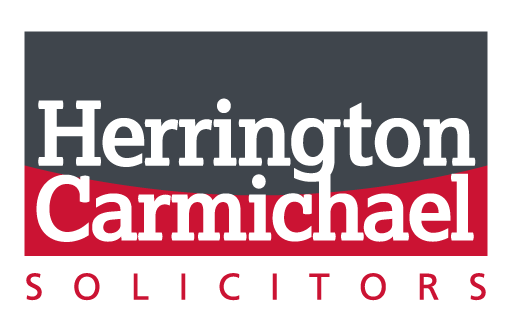After the extensive process of acquiring a development site, managing the complex planning and construction requirements, handling the unpredictability of weather, and ensuring you meet your build schedule, you’ve finally reached the exciting stage of marketing your residential plots for sale. But where should you begin in terms of legal considerations?
The landscape of plot sales has evolved in recent years, largely due to stricter regulatory constraints from lenders and the leasehold reform movement. As a result, the process is now more involved and intricate than ever before. To ensure a smooth and efficient sales process, it’s essential to provide as much comprehensive information as possible upfront. This proactive approach will help address potential enquiries from buyers and reduce delays during the conveyancing process, making it easier for the parties to move forward with confidence.
What Sort of Information Should You Be Providing?
To help guide preparation, here’s a more detailed checklist of essential documents to include in your sales pack:
- Title Information
This crucial step involves providing Land Registry official copies of the registered title, as well as a plan outlining the development site’s boundaries. You should also include any documents that highlight rights or covenants that affect the site. These documents are usually obtained by your solicitor, but it’s essential to ensure everything is up-to-date and available for review early on. This information serves as the foundation for establishing ownership and any legal restrictions tied to the property. - Conveyance Plans
Although it may seem like a simple concept, having Land Registry-compliant conveyance plans prepared from the outset can save considerable time and effort down the line. These plans should detail the exact boundaries of the site and any existing infrastructure or easements. If these plans aren’t in order, you may face delays in the approval process or complications with the sale. - Indemnity Policies for Title Defects or Restrictive Covenants
Indemnity insurance is often necessary to protect against any potential defects in the title or breaches of restrictive covenants that could arise during the development process. If these policies were obtained when you purchased the site, your solicitor should already have them on hand. However, if not, it’s advisable to arrange for these policies to be put on risk before beginning the marketing of your plots. - Planning Permission
Provide all relevant planning permissions that apply to the site, including any outline permissions, non-material amendments, variations, and reserved matters approvals. Additionally, include evidence of the discharge of any conditions that require formal written consent. This documentation proves that the site is legally approved for development and outlines any specific conditions that must be adhered to throughout the construction process. - Section 106 Agreements/Community Infrastructure Levy (CIL)
If the development site is subject to a Section 106 Agreement, which imposes obligations such as infrastructure contributions or affordable housing provisions, you must include these documents. Similarly, if there are any financial contributions due under the Section 106 Agreement or a CIL liability for the site, evidence of payment and discharge of these obligations should be included. Buyers will need this information to understand their potential responsibilities regarding community contributions. - Landscape/Services Drawings
Comprehensive landscape and services drawings are essential, as they offer a detailed view of the planned site layout, including roads, drainage systems, and green spaces. These documents ensure that the proposed development complies with planning regulations and provides clarity on utility provision. - New Homes Warranty Initial Certificate (e.g., NHBC, Premier Guarantee)
If the development includes new homes, providing the initial certificate from a reputable warranty provider is crucial. This warranty offers buyers peace of mind, confirming that the homes are protected against certain defects for a specified period after purchase. Make sure the warranty details are included in the sales pack. - Building Regulations (Initial Notice and Final Certificate)
For any developments that involve significant construction or structural alterations, the Building Regulations Initial Notice is required. This document ensures that your project complies with health and safety standards and building codes. Once construction is complete, provide the Final Certificate to confirm that all work has been inspected and approved. - Tree Preservation Orders (if applicable)
If any trees on the site are subject to a Tree Preservation Order (TPO), you must include this information. A TPO restricts certain activities, such as tree felling or major pruning, and provides legal protection to trees of special importance. Buyers should be aware of any TPOs before proceeding with the purchase. - Consent to Connect to Mains Sewers
If you intend to connect the site to the existing mains sewer system, you’ll need to provide consent from the relevant water authority. This document confirms that the local water provider has approved the connection and that no issues will arise from linking to the public sewer infrastructure. - Postal Address Confirmation from the Local Authority and Royal Mail
Providing a formal postal address and postcode confirmation from the relevant authorities ensures that buyers can easily access postal services once the development is complete. These details are important for both legal and practical purposes and can be critical when applying for utilities or setting up new services. - Management Company Incorporation Documents (if applicable)
For developments that involve shared ownership or communal spaces, the incorporation documents for the management company should be provided. This is especially important for sites with apartment blocks or multi-occupancy properties, where ongoing maintenance and management will need to be organised. - Service Charge Budget (if applicable)
If the development involves shared amenities or communal areas, a service charge budget should be included to outline the costs associated with maintaining these spaces. This budget will help buyers understand their financial commitments beyond the purchase price. - Predicted Energy Assessment/Energy Performance Certificate (EPC)
An EPC is essential to provide as it assesses the energy efficiency of the property. A predicted energy assessment offers potential buyers an idea of the future energy costs and sustainability features of the development, which may influence their decision to purchase. - Buildings Insurance Schedule for Apartments
If selling apartments, you must provide a buildings insurance schedule. This document outlines the insurance coverage for the structure of the building, protecting the buyers and residents from unforeseen damage or loss. - Fire Risk Assessment for Communal Areas in an Apartment Block
A fire risk assessment is required for developments with communal areas, particularly in apartment blocks. This assessment ensures that safety measures are in place to prevent and address potential fire hazards, giving buyers confidence in the safety of their new homes. - Section 104 Agreement (if applicable)
If any sewers on the site will eventually be adopted by the local water authority, a Section 104 Agreement should be provided. This document details the terms and conditions under which the sewer system will be maintained and managed once it’s transferred to the authority. - Section 38/278 Agreement (if applicable)
For any proposed changes to the highway network, including road improvements or access points, a Section 38 or Section 278 Agreement may be required. These agreements ensure that the developer meets the local authority’s standards for highways works and that proper funding is allocated for any necessary infrastructure. - Other Agreements with Utility Providers or Statutory Undertakers (if applicable)
Any agreements with utility providers, including wayleave agreements, should be included. These agreements provide the necessary legal permissions for utilities to be installed or maintained on the site, and often involve rights of access for utility companies.
This list is by no means exhaustive but covers the most common documentation that plot purchasers will expect to receive. If you are preparing for an upcoming development and need expert advice on setting up the legal framework for your plot sales, please don’t hesitate to contact us. Ensuring all documentation is in place will help streamline the process and prevent unnecessary delays.









